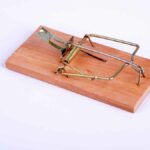If you are dealing with a mouse infestation, you may be wondering how often to check live mouse traps. Live traps are a humane way to catch mice without causing them harm, and they allow you to release the mice back into the wild. However, it is important to check the traps regularly to ensure that the mice are not left trapped for too long.
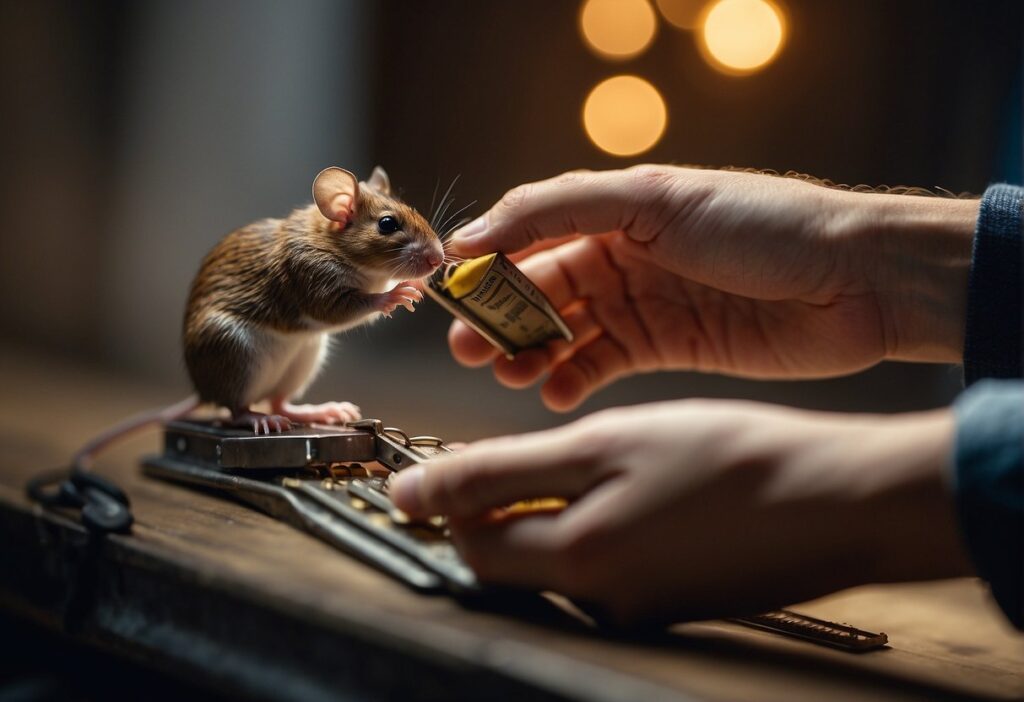
The frequency with which you should check your live mouse traps depends on several factors, including the size of the trap, the number of traps you have set up, and the severity of the infestation. As a general rule, it is a good idea to check your traps at least once a day. This will give you the opportunity to release any mice that have been caught and reset the traps if necessary.
If you are dealing with a particularly stubborn infestation, you may need to check your traps more frequently. In some cases, it may be necessary to check the traps every few hours to ensure that the mice are not left trapped for too long. By checking your live mouse traps regularly, you can ensure that you are dealing with the infestation in a humane and effective manner.
Understanding Mouse Behavior
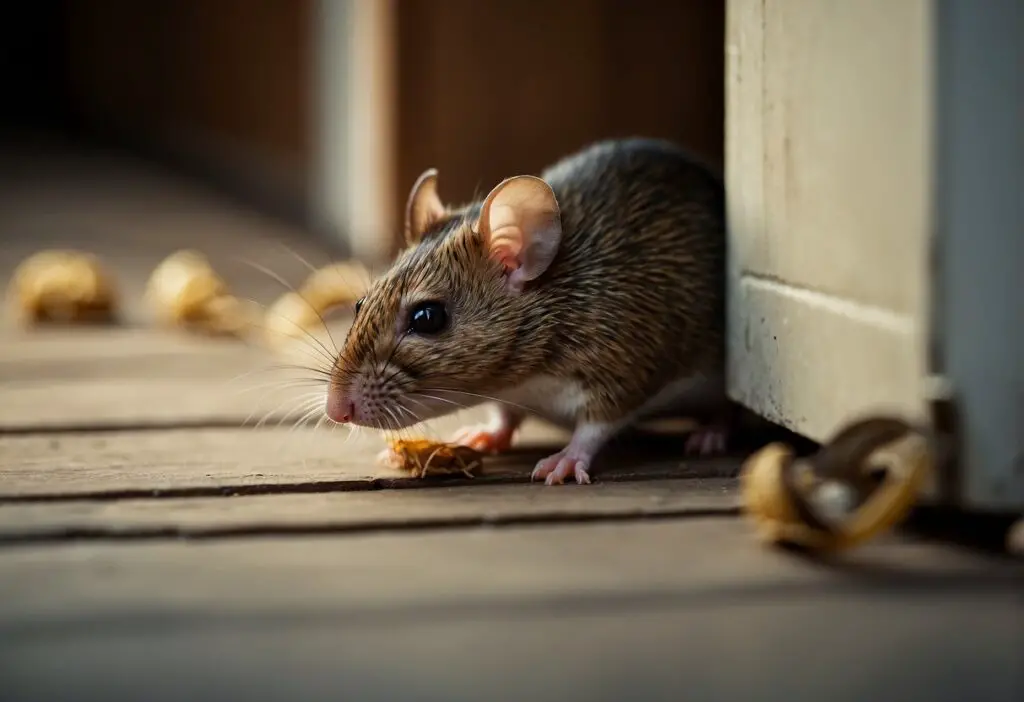
If you are dealing with a mice infestation, it is important to understand their behavior to effectively control their population. Mice are nocturnal creatures, meaning they are most active at night. They are also very agile and can squeeze through small openings, making it essential to identify common entry points and seal them off.
Identifying Signs of Mouse Activity
The first step in controlling a mouse population is identifying signs of their activity. Mice droppings are a clear sign of their presence. These droppings are small, dark, and pellet-shaped. You may also notice chew marks on food packaging or wiring, as mice love to gnaw on things.
Common Entry Points for Mice
Mice can enter your home through small openings, including gaps around doors and windows, cracks in walls, and holes around utility lines. They can also climb up walls and enter through vents. To prevent mice from entering your home, it is important to seal off these entry points. You can use caulk or steel wool to seal off gaps and holes.
Natural Predators: Cats as Deterrents
Cats are natural predators of mice and can help deter them from entering your home. The mere presence of a cat can be enough to keep mice away. However, it is important to note that not all cats are good hunters and some may not be interested in catching mice. Additionally, if you have a severe mice infestation, a cat may not be enough to control their population.
In summary, understanding mouse behavior is essential in controlling their population. Identifying signs of their activity, sealing off common entry points, and using natural predators like cats can all help in keeping mice away.
Choosing the Right Trap
When it comes to trapping mice, there are several types of traps to choose from. Each trap has its own advantages and disadvantages, so it’s important to select the right one for your needs.
Types of Mouse Traps
The most common types of mouse traps are snap traps, glue traps, and live catch traps. Snap traps are the most traditional and are designed to kill mice quickly. Glue traps are sticky and trap mice without killing them. Live catch traps are designed to capture mice without causing them harm, allowing you to release them back into the wild.
If you’re looking for a humane mouse trap, live catch traps are the best option. These traps allow you to catch mice without harming them, making them a great choice if you’re looking to release the mice back into the wild.
Selecting Bait for Traps
When it comes to selecting bait for your mouse trap, there are several options to choose from. Some of the most popular bait options include peanut butter, cheese, and chocolate. However, keep in mind that mice can sometimes retrieve the bait without triggering the trap. Therefore, it’s important not to overdo the bait.
Trap Placement and Safety
When placing your mouse trap, it’s important to consider the safety of children and pets. Snap traps and glue traps should be placed in areas that are out of reach of children and pets. Live catch traps should be placed in areas where they won’t be disturbed.
It’s also important to wear gloves when handling mouse trap bait and setting mouse traps. This will prevent mice from detecting your scent on the traps and avoiding them. Additionally, make sure to check your mouse traps regularly and reset them if necessary.
By choosing the right trap, selecting the right bait, and placing your trap in a safe location, you can effectively trap mice without causing them harm.
Checking and Maintenance
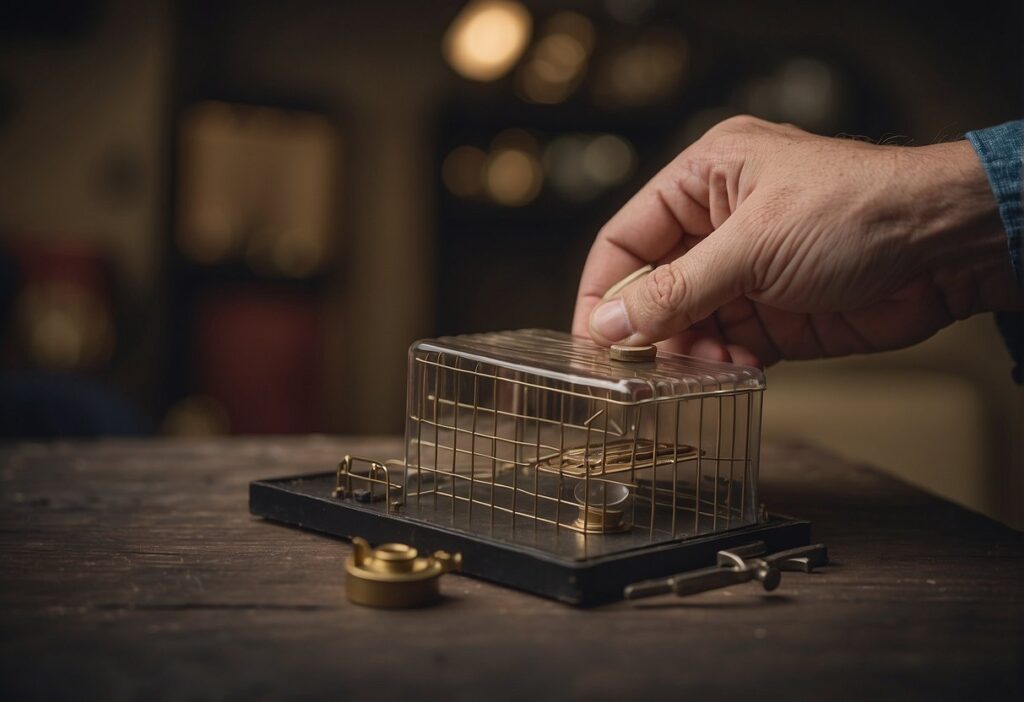
How Often to Check Live Traps
When using live traps to capture mice, it is important to check them regularly to ensure the mice are not left trapped for an extended period of time. Check the trap at least once a day, preferably in the morning or evening when mice are most active. If you notice a mouse in the trap, it is important to release it as soon as possible to prevent it from becoming stressed or injured.
Cleaning and Reusing Traps
Reusable live traps are a great option for catching mice without harming them. To ensure the trap remains effective, it is important to clean and reuse it properly. After releasing a mouse, clean the trap thoroughly with soap and water to remove any odors that may deter other mice from entering. Allow the trap to dry completely before reusing it.
If you notice any damage to the trap, such as cracks or missing pieces, it is important to repair or replace it before using it again. A damaged trap may not function properly and could harm the mouse or allow it to escape.
Regularly checking and maintaining your live traps will ensure they remain effective and humane. Remember to release the mouse in a safe location far away from your home to prevent it from returning.
Humane Capture and Release
If you are using live traps to capture mice, it is important to check them regularly to ensure the mice are not left in the trap for too long. While it is important to remove mice from your home, it is equally important to do so humanely. Here are some effective catch-and-release strategies to help you capture mice without causing them harm.
Effective Catch-and-Release Strategies
When using catch-and-release traps, it is important to place them in areas where mice are likely to be. This could include near food sources, along walls, or in dark corners. Once you have caught a mouse, it is important to release it as soon as possible. Check the trap at least once a day to ensure that the mouse is not left in the trap for too long.
When releasing the mouse, it is important to do so in a location that is away from your home. This could be a wooded area, a park, or a field. Be sure to release the mouse gently and safely, taking care not to harm it in the process.
Post-Release Considerations
After releasing the mouse, it is important to take steps to prevent more mice from entering your home. This could include sealing any cracks or holes in your walls, cleaning up any food spills or crumbs, and storing food in airtight containers.
If you are using live traps as part of a larger rodent control strategy, it is important to use them in conjunction with other methods. This could include using snap traps or glue traps to capture mice that are not caught by live traps.
In summary, using live traps is an effective and humane way to capture mice. By checking the traps regularly and releasing the mice as soon as possible, you can ensure that they are not left in the trap for too long. After releasing the mouse, take steps to prevent more mice from entering your home.
Prevention and Long-Term Solutions
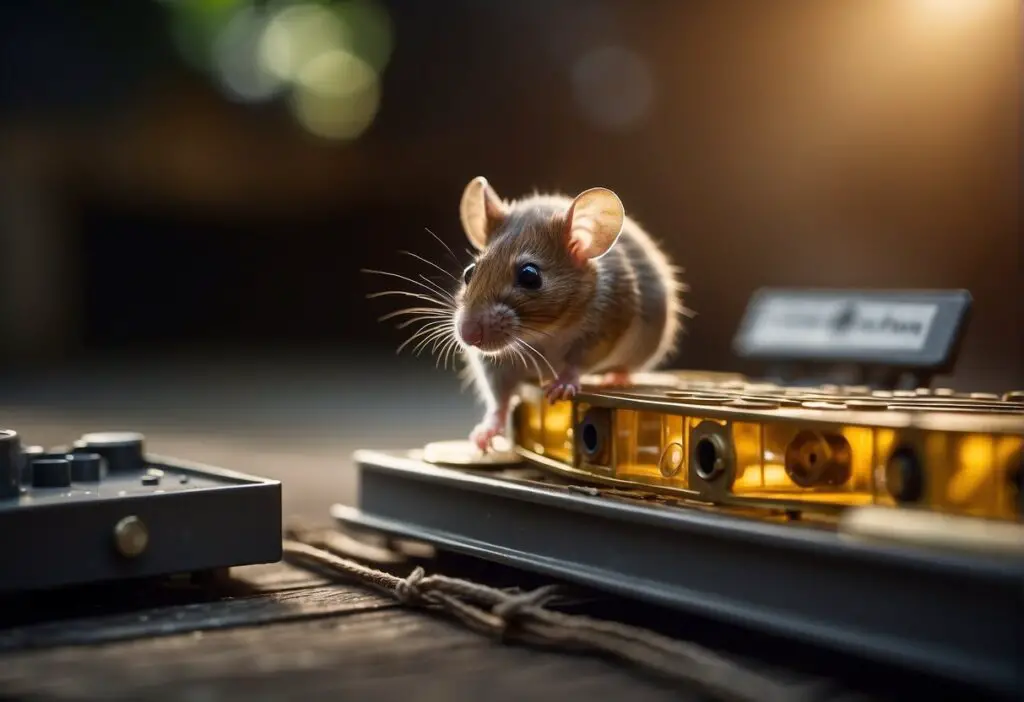
Keeping mice out of your home is the best way to avoid dealing with live mouse traps. Here are some preventative measures you can take.
Sealing Entry Points
Mice can sneak into your home through tiny gaps and holes. Inspect your home for any openings and seal them with steel wool or wire mesh. Pay attention to areas where pipes and cables enter your home, as these are common entry points for rodents.
Natural Deterrents and Repellents
Mice are deterred by certain smells, such as peppermint, cloves, and cayenne pepper. You can use these scents to your advantage by placing cotton balls soaked in essential oils around your home. Additionally, keeping your home clean and free of food debris will make it less attractive to rodents.
While these solutions can help prevent mice from entering your home, they may not be effective if you already have an infestation. In that case, you may need to consider rodent control methods such as live mouse traps or electronic traps. Consult with a pest control professional to determine the best course of action for your situation.
Remember to check your live mouse traps frequently to ensure that any trapped mice are not left suffering for extended periods. It is recommended to check traps every 12 hours and relocate any trapped mice at least 1 mile away from your home to prevent them from returning.
By taking these preventative measures and using effective rodent control methods, you can keep your home free of mice and ensure the safety and comfort of you and your family.
When to Seek Professional Help
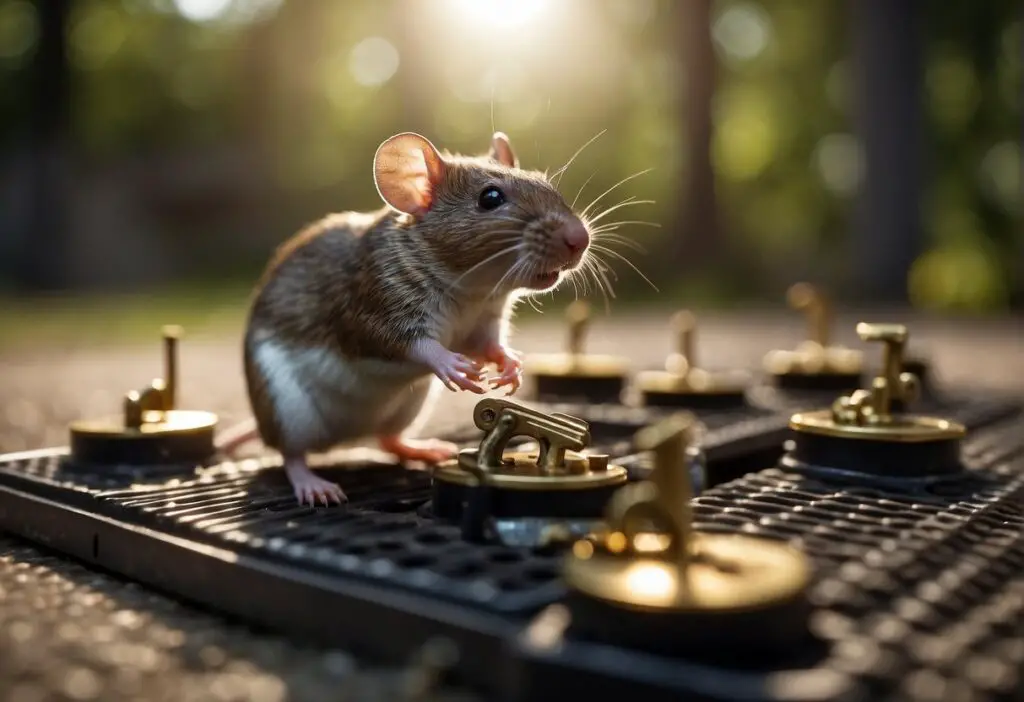
If you have tried setting live mouse traps and still find yourself dealing with a large infestation, it may be time to seek professional help. Pest control professionals possess the expertise and proper equipment to handle large infestations safely and effectively, reducing the potential for recurrence.
In addition to being a nuisance, mice and other rodents can pose health risks to you and your family. They can spread diseases through their droppings and urine, and their presence can trigger allergies and asthma. Professional rodent control services can help ensure that your home is free of these pests and the potential health risks associated with them.
When choosing a pest control professional, be sure to do your research. Look for a company that is licensed and insured, and has a good reputation in your community. Ask for references and read online reviews to get a sense of their track record.
Remember, prevention is always the best course of action when it comes to rodent control. Keep your home clean and clutter-free, seal up any cracks or holes in your walls and foundation, and store food in airtight containers. By taking these steps and seeking professional help when necessary, you can keep your home free of unwanted pests and the health risks they pose.



